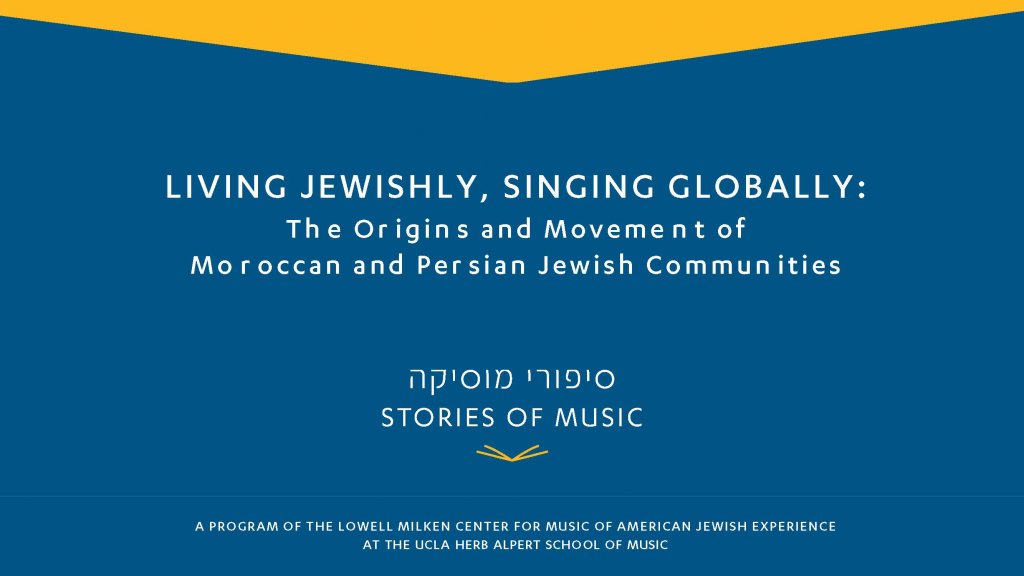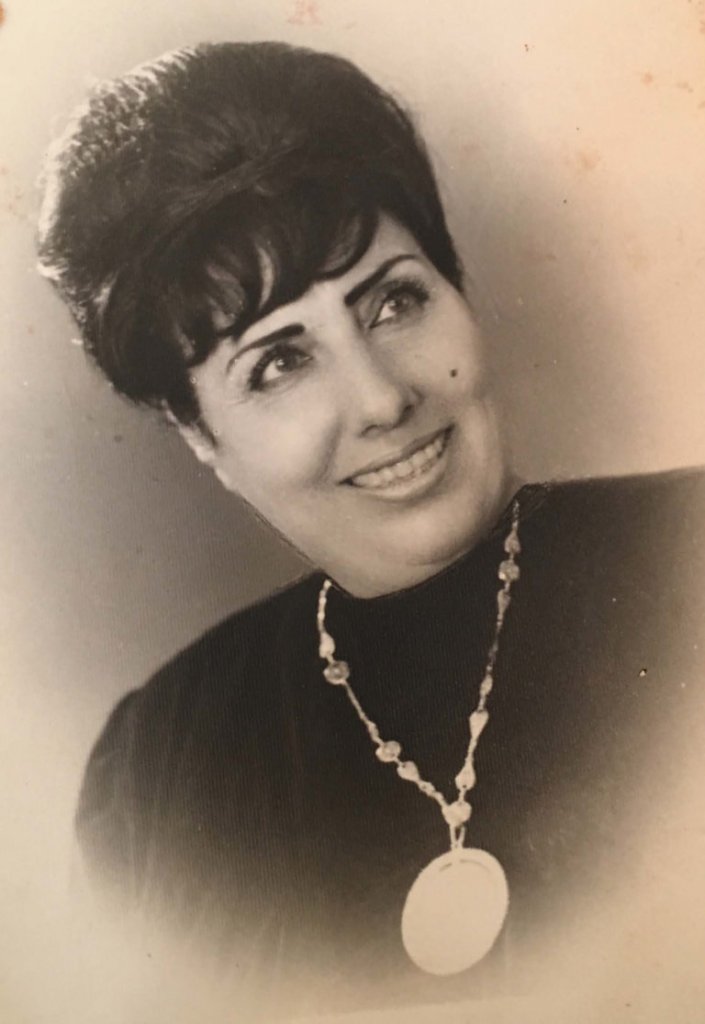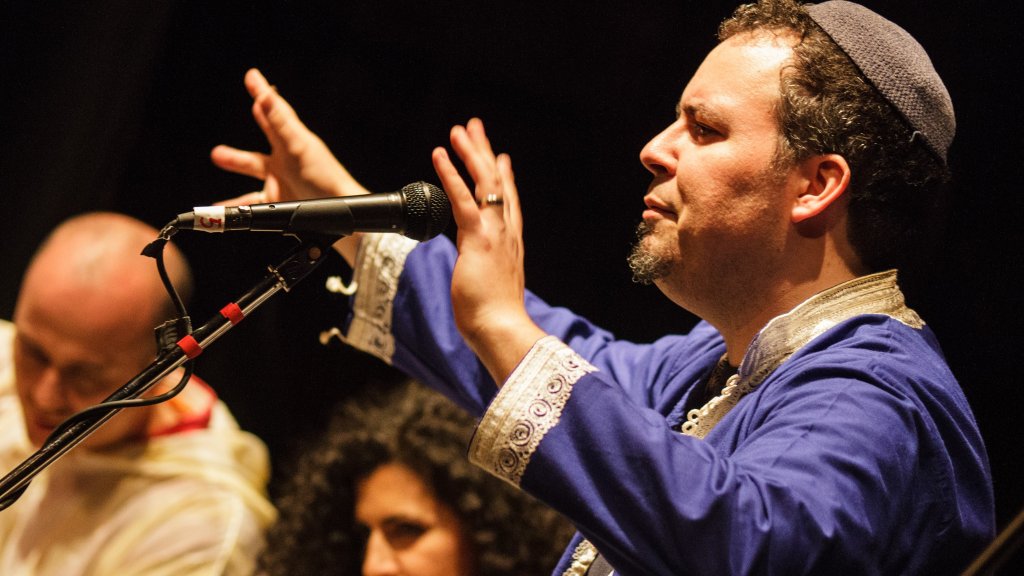Links to lesson documents found below
This lesson is an exploration and celebration of the very rich music and culture of the Moroccan and Persian Jewish communities. It shares the stories and music of favorite musical artists from Morocco and Iran of the last century, and contemporary music of Moroccan and Persian Jews.
Through this lesson, learners will understand that:
- All Jewish communities, including the Moroccan and Persian communities, reflect and refract their sociocultural locations, and react to local historical, economic, and political realities. This remains true for the Moroccan and Persian Jewish communities in the United States today.
- At the same time, all Jewish communities, including the Moroccan and Persian communities, broadly share Jewish religious culture and history, and maintain Jewish values and aspirations.
- Nonetheless, discrete Jewish communities, including the Moroccan and Persian communities, may express their Judaism through different musical genres, styles, and modes, sometimes adopting local cultural forms, sometimes expressing themselves in local languages in addition to Hebrew, and sometimes developing practices that are not shared by other Jewish communities.
- The culture of the Moroccan and Persian Jewish communities, including music, practices, food, language, and more, continue to provide personal enrichment for members of those communities.
- Moroccan and Persian Jewish music today reflects the sociocultural locations in which it is found (often the United States and Israel) and reflects as well an ongoing negotiation, even tension, between honoring the past and thriving in the present.





